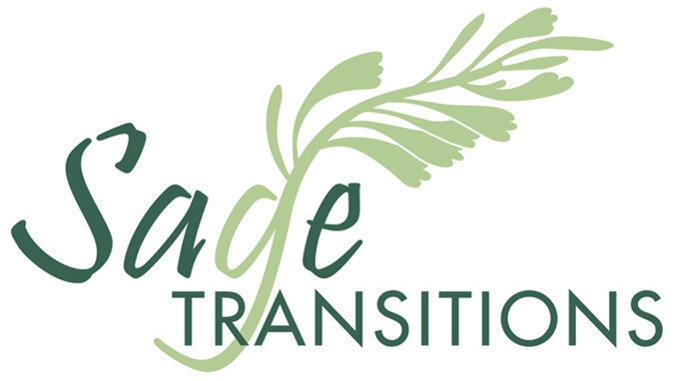Learning + Adaptation
We’re closing in on a second year where learning and adapting underpins everything we do. Our workplaces have become the Petri dishes of the huge changes we’ve had to endure. The debates continue about whether and when organizations will continue having remote workers part-time, full-time or not at all. And I’m so grateful I’ve had work during this time.
A recent opinion piece in the New York Times suggested that some organizations are already starting to require workers to return full-time; to renew and solidify organizational values and culture. Other companies are suggesting that their “new normal” might look more like 2 -3 days/week of remote work.
The verdict on remote work, and having to learn and adapt as we move forward, suggests we’ll need to continue to adapt to the evolution of how and where we work. If you’ve a designated home office and have managed to address all the challenges of remote work, having the flexibility to continue working remotely may be good news. If you’ve struggled with working in a small shared space, where your office is the kitchen table, you’re likely looking forward to a return to a business office.
The diversity of our remote work environments have meant that we’ve all needed to understand that each remote work environment is different. And accepting those differences is as important to an effective culture and strong employee support, as it was in understanding and accommodating differing work styles in an office.
We’ve had to learn and adapt to using video chat platforms frequently. Most of us now realize that yoga pants are great for work calls, as long as the shirt looks good. We know that it’s harder to make a connection remotely, and that maintaining a professional relationship through email and Zoom leaves lots out.
How do we keep growing, learning and adapting? How do we use those newfound adaptability skills to maintain good working relationships, and to feel positive about our contributions. In talking with a few colleagues, I’ve heard some ideas that might help.
Know that some of these changes will be permanent, and we may never go back. Yes, we can see hope for the end of lockdowns, hourly checks of the latest pandemic developments, and longing for get-togethers with your friends. We can’t predict what the next year, two years or the decade will bring. We can use our more strongly developed ability to learn and change. This past year has brought changes that we could never have imagined we could hope to manage. And many of us were lucky enough to adjust and still receive a paycheque.
Take the time to establish a personal connection on calls. We can’t go for a group lunch or coffee (yet), but we can still take a few minutes to see how colleagues are doing, and feel that personal and business connection.
Become proficient at Zoom or whatever platform you’re using. The better we are at using the technology, the more effective it can be. Figure out how to immediately unmute your audio and video, and face your camera away from distracting images of semi-clothed roommates and pets. These may sound like silly small suggestions, but these platforms are here to stay.
Find all the learning resources that are available. I get weekly invites to webinars and podcasts, and there are lots of articles and blogs available. Bookmark sites such as LinkedIn, Google Scholar, magazines, and organizations that have good content, and then add the sessions or a reminder to your calendar. Staying curious is vital to our well-being.
Know that sometimes you need to take a break from your work and from online interactions; in the words of the great Kenny Rogers:
You've got to know when to hold 'em
Know when to fold 'em
Know when to walk away
And know when to run
